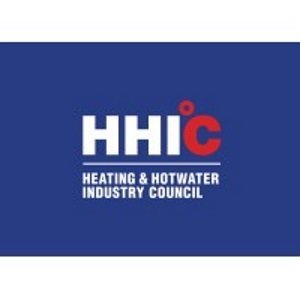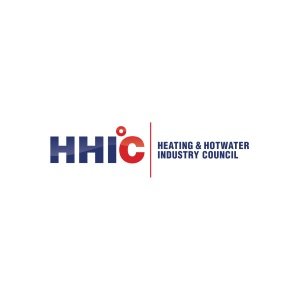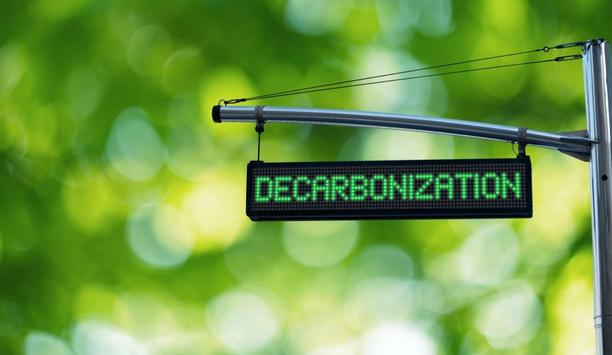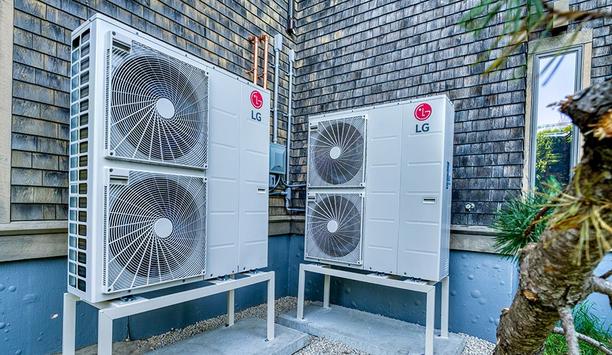HHIC - Experts & Thought Leaders
Latest Heating and Hotwater Industry Council (HHIC) news & announcements
Following several regulatory changes across the different countries in the UK, the Heating and Hotwater Industry Council (HHIC) and the Council of Gas Detection and Environmental Monitoring (CoGDEM) have launched a guide on carbon monoxide (CO) detector requirements across the UK. As variation in CO legalization across England, Wales, Scotland, and Northern Ireland potentially opens the door to confusion among engineers, the guide has been launched to provide the best practice for each region. Legislation and related guidance The guide highlights the differing needs including the number of CO sensors required in a property Property owners, including private and social landlords, must ensure that CO detectors are present in each property, in the appropriate locations and in accordance with legislation and related guidance. As a result, the role of heating engineers in maintaining CO safety throughout the industry is only growing in importance. To help prevent further confusion around a number of potential issues, the guide highlights the differing requirements including the number of CO detectors required in a property, the batteries that must be used and the position that detectors must be installed. Replacement of CO detectors Guide also features the standards placed upon social and private landlords that differ across the UK Kevin Lowe, Technical Manager of the HHIC, said: “Following the changes to CO legislation made throughout the UK in the past year, it’s crucial that heating engineers are aware of the different obligations across England, Wales, Scotland and Northern Ireland. It’s just as important that this information is easily accessible, which is why we have released a quick guide to help engineers, landlords and property owners easily understand the regulations they must adhere to.” The guide also features the standards placed upon social and private landlords that differ across the UK’s nations. This includes the level of responsibility placed upon landlords for the repair and replacement of CO detectors, in addition to the need to provide detectors and information regarding use and testing to their tenants. Replacing and testing detectors Andy Curtis, Director of CoGDEM, said: “While every social and private landlord must make sure that CO detectors are installed and operating correctly at each of their properties, there may still be confusion around the extent of their responsibility of repairing, replacing and testing detectors. Our guide has been created to put this uncertainty to rest and ensure safety in properties across the UK.”
The Heating and Hotwater Industry Council (HHIC) is encouraging heating engineers to ensure that condensate discharge pipes are installed correctly, and that any installations are upgraded where they have a risk of freezing in extreme cold weather. condensate discharge pipe With cold temperatures predicted across Europe, some households could experience issues related to the condensate discharge pipe freezing and become blocked with ice. While it is the responsibility of a heating engineer to confirm that the condensate discharge pipe has been fitted and insulated correctly, prolonged sub-zero temperatures may still raise the need to thaw the pipe. installation and maintenance guide The trade body has additionally urged engineers to make homeowners aware of the simple steps To help prevent homes from experiencing heating and hot water issues and engineers being called out to condensate-related jobs during winter, the HHIC has released an updated best practice installation and maintenance guide. The trade body has additionally urged engineers to make homeowners aware of the simple steps needed to thaw a frozen condensate pipe when cold conditions strike. key instructions The guide features several key instructions for installing a condensate pipe that will provide maximum protection to the boiler and the customer. It also outlines the alternative of condensate pumps and how to overcome the challenges associated with existing installations. Multiple diagrams to assist with external connections are followed by a list of other considerations, like the type of insulation materials, air breaks in condensate discharge pipes, and the issue of unheated areas in buildings. Reduced callouts Steve Sutton, Technical Manager of the HHIC, said, “This winter, we are determined to make frozen condensate a ‘thing of the past’. Following our guide’s main installation requirements, such as sufficient insulation, will reduce the likelihood of further callouts to homes with no heating due to a frozen condensate pipe." assess the installation In recent years, however, the UK has seen temperatures drop to minus 12 centigrade" Steve Sutton adds, “In recent years, however, the UK has seen temperatures drop to minus 12 centigrade and below in many areas, during periods of extremely cold weather, meaning that even with this guidance, a risk of pipes freezing remains." He continues, "We highly recommend that homeowners get a professional to assess the installation of their condensate discharge pipe and make improvements where required.” take care with risks As a result, the HHIC’s guide has included an explanation of what homeowners can do to thaw a frozen pipe and to refer to their manufacturer’s instructions to re-set the boiler. Steve Sutton continued, “We urge engineers to advise homeowners to take care when thawing frozen condensate pipes owing to the risks associated with the weather conditions. This includes a range of considerations, such as it being essential that boiling water is not used when thawing the pipe.”
In response to the recent speech outlining Prime Minister Rishi Sunak’s new approach to net zero, Stewart Clements, Director of the Heating and Hotwater Industry Council (HHIC), commented: “Following yesterday’s speech made by the Prime Minister, we welcome the time afforded to make a more thought out and successful switch to low carbon heating. This will play a pivotal role in our journey in achieving net zero and decarbonizing homes across the country." “The 50% increase in financial support provided through the enhanced Boiler Upgrade Scheme and Great British Insulation Scheme will undoubtedly incentivize the switch to heat pumps for more homeowners. Such a positive initiative, however, requires a significantly larger number of installers than previously estimated, which the government must work with industry to address." Gas Safe Register Data piled by HHIC tells that to meet the Government’s ambitious heat pump facility target of 600,000 Stewart Clements continued: “Data gathered by the HHIC suggests that to meet the Government’s ambitious heat pump installation target of 600,000, we require 100,000 installers more than the Government’s prediction of 50,000–a figure almost equivalent to the entire Gas Safe Register. This shows the need for further support in addressing the current skills gap to meet the expected rise in demand for low carbon heating." “Decarbonizing the heating economy is possible, yet it will require a collaborative effort from manufacturers, trade associations and the Government to achieve the long-term goals outlined by the Prime Minister. Incentivizing heating engineers to add heat pump installation to their offering will prove invaluable to the Government if they are determined to meet their ambitious 2030 targets related to net zero.”
From A To L: Your A2L Transition Guide
DownloadLeveraging Radiant And Hydronics To Help Achieve Decarbonization Goals
DownloadSealed Connectors In Harsh Environments
DownloadPowering And Cooling Next Generation Data Centers
DownloadDebunking Myths To Promote A Bright Future For Heat Pumps
Download











